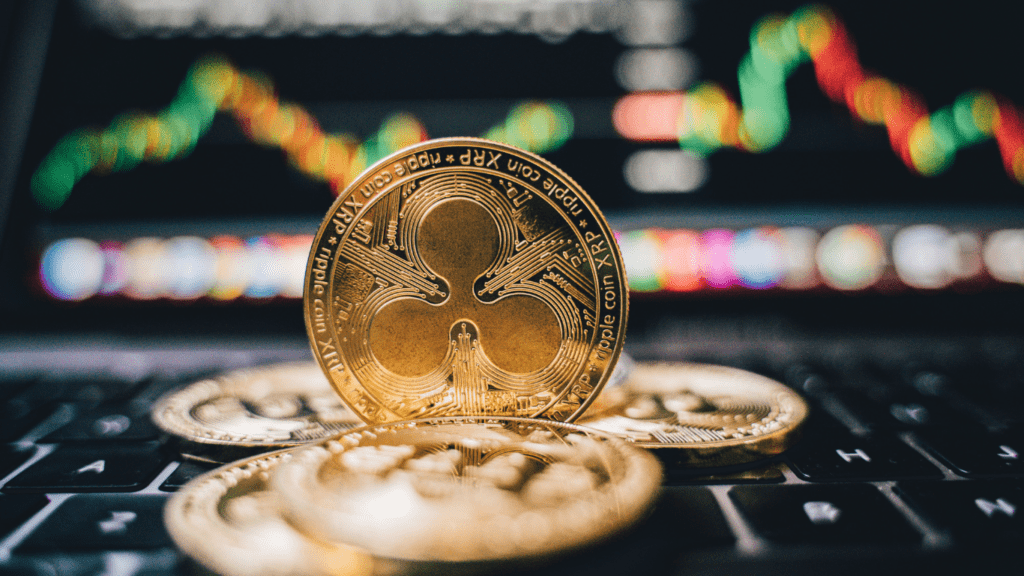Diving into the world of cryptocurrency investing can be exhilarating, yet navigating the volatile seas of digital assets can be daunting. That’s where stablecoins come into play. As an experienced investor in the realm of cryptocurrencies, I’ve witnessed firsthand the pivotal role stablecoins play in mitigating risks and providing a safe haven in turbulent markets.
Stablecoins, with their pegged value to fiat currencies, offer stability and security amidst the unpredictable nature of traditional cryptocurrencies. In this article, I’ll delve into the significance of stablecoins in diversifying investment portfolios, hedging against market fluctuations, and facilitating seamless transactions within the crypto space.
Join me as we explore how these digital assets have revolutionized the landscape of cryptocurrency investing.
Understanding Stablecoins in Cryptocurrency Investing
Stablecoins are a crucial component of cryptocurrency investing due to their ability to provide stability and security in a volatile market. As an experienced investor, I recognize the significance of stablecoins in diversifying investment portfolios and offering a hedge against market fluctuations.
These digital assets play a vital role in facilitating seamless transactions within the crypto space, ensuring efficiency and reliability. Stablecoins are designed to maintain a steady value by pegging them to fiat currencies like the US Dollar or commodities like gold.
This pegging mechanism helps reduce the inherent volatility associated with regular cryptocurrencies such as Bitcoin or Ethereum. By using stablecoins, investors can mitigate risks and safeguard their investments during periods of market uncertainty.
Moreover, stablecoins serve as a gateway for investors to enter and exit the cryptocurrency market swiftly. Their stable value makes them an ideal medium of exchange for trading various digital assets without having to convert back to fiat currencies frequently.
This feature enhances liquidity and streamlines the overall trading process, making it more convenient for investors to participate in the crypto market. Overall, understanding stablecoins is essential for anyone looking to navigate the cryptocurrency investing landscape effectively.
Incorporating stablecoins into investment strategies can offer a level of stability and predictability that is often lacking in traditional digital assets, making them a valuable addition to any investor’s portfolio.
Benefits of Using Stablecoins
Stablecoins offer several advantages that make them a valuable asset in cryptocurrency investing. Here are key benefits to consider:
Reduced Volatility
Stablecoins play a crucial role in reducing the volatility commonly associated with traditional cryptocurrencies like Bitcoin and Ethereum. By pegging their value to stable assets like the US Dollar or gold, stablecoins provide investors with a more stable investment option.
This stability can help protect investors’ portfolios during market downturns and ensure a more predictable investment environment.
Faster Transactions
One significant benefit of using stablecoins is their ability to facilitate quick and efficient transactions within the cryptocurrency market. Compared to traditional cryptocurrencies that may experience network congestion and slower transaction times, stablecoins offer faster settlement times.
This speed enhances liquidity in the market, enabling seamless transfers of value between different parties without the delays often encountered with other digital assets.
Risks and Challenges Associated with Stablecoins
Exploring the realm of stablecoins reveals not only their advantages but also the risks and challenges that investors should be mindful of. As an experienced investor, I’ve encountered various factors that can potentially impact the stability and reliability of stablecoins in cryptocurrency investing.
- Regulatory Concerns: Navigating the regulatory landscape poses a significant challenge for stablecoins. Regulatory bodies worldwide are scrutinizing the operations of stablecoin issuers to ensure compliance with existing laws. Any changes in regulations governing stablecoins could affect their utility and stability in the market.
- Centralization Risks: Some stablecoins are centralized, meaning they are issued and controlled by a single entity. This centralization exposes investors to counterparty risks, as the stability of the stablecoin relies heavily on the issuer’s financial health and integrity.
- Security Vulnerabilities: Like other digital assets, stablecoins are vulnerable to security breaches and hacks. Investors using stablecoins are susceptible to cyber attacks targeting the platforms or wallets where the stablecoins are held, risking potential loss of funds.
- Market Volatility Events: While stablecoins aim to maintain a stable value, they are not immune to sudden market volatility events. Sharp fluctuations in the cryptocurrency market can impact the pegged value of stablecoins, leading to potential losses for investors.
- Liquidity Risks: Ensuring liquidity for stablecoins is crucial for their usability. However, fluctuations in demand and supply, especially during times of market stress, can affect the liquidity of stablecoins, making it challenging for investors to trade or redeem their holdings promptly.
Recognizing and addressing these risks and challenges associated with stablecoins is essential for investors looking to incorporate them into their cryptocurrency portfolios effectively. By understanding the potential pitfalls, investors can make informed decisions and mitigate the impact of uncertainties in the dynamic cryptocurrency market.
Integrating Stablecoins into Investment Portfolios
Stablecoins play a crucial role in enhancing investment portfolios within the realm of cryptocurrency. Adding stablecoins to your investment strategy can offer a range of benefits that contribute to portfolio diversification, risk management, and overall flexibility in the crypto market landscape.
- Diversification: Including stablecoins in my investment portfolio allows for diversifying across different asset types, reducing the overall risk exposure. By owning a mix of stable assets and cryptocurrencies, I can spread risk more effectively.
- Risk Management: I leverage stablecoins to hedge against the volatile nature of traditional cryptocurrencies. Their stable value pegged to fiat currencies or commodities provides a safeguard against sudden market downturns, offering stability during turbulent times.
- Enhanced Liquidity: Integrating stablecoins facilitates swift transactions and enhances liquidity within my portfolio. Their quick settlement times enable seamless transfers of value, improving the efficiency of trading activities.
- Simple Transactions: Stablecoins streamline transactions in the crypto space, simplifying the process of entering and exiting the market. This simplicity enhances accessibility, making it easier for me to navigate the crypto landscape.
- Stability and Predictability: The predictability of stablecoins’ value adds a layer of stability to my investment portfolio. This stability is crucial for managing risk and ensuring consistent performance, especially in the face of market uncertainties.
Considering the aforementioned benefits of integrating stablecoins into investment portfolios, it becomes evident that they serve as valuable assets for investors seeking stability, security, and liquidity in their cryptocurrency holdings. By carefully incorporating stablecoins into my investment strategy, I can optimize portfolio performance and navigate the dynamic crypto market with more confidence and resilience.





